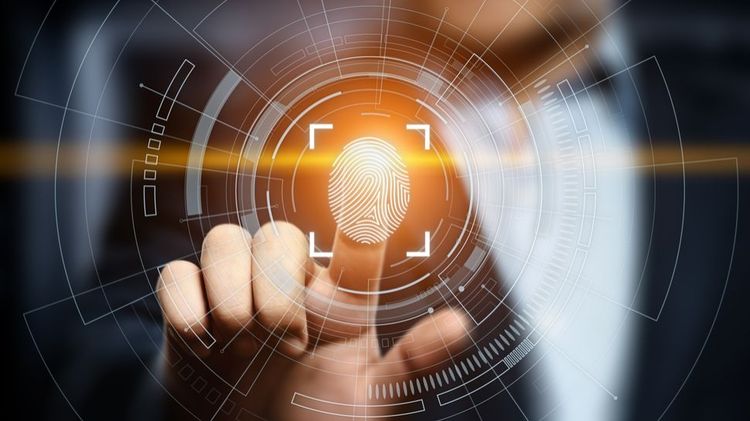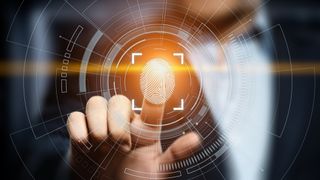Resolving the rocky debate around biometrics

Can you think of a revolutionary technology that hasn't sparked a controversial discussion? Take your time. It's not that debates are unimportant, they certainly are. However, it's the poorly argued positions that often make the news, divide people's opinions, and undermine trust.

So, how can we arrive at a logical evaluation of biometrics technologies and their effect on society? In my opinion, the initial step is to eliminate three causes of uncertainty: its definition, its utilization, and its level of security.
The concept of "Biometrics" sadly remains stigmatized among many individuals, closely associated with oppressive depictions of extensive monitoring. However, it's important to note that identifying an individual based on their physical traits is not inherently negative, nor is it a recent development. Various societies have employed some form of this practice dating back to the second millennium BC, although the adoption of fingerprinting as a routine policing procedure only occurred in the late 1800s.
It's undeniable that biometric data stands out from other types of data due to its lasting and unique characteristics. However, this doesn't automatically mean that it is more delicate than other personal information. For example, if your location data or bank details were hacked, it would probably elicit a stronger reaction from the average person compared to having your face stolen. Let's not overlook the fact that many of us have willingly shared our own faces publicly.
Patrice Caine holds the positions of Chairman and CEO at Thales Group.
The main purposes of biometric data - verification and recognition - are not closely related. Verification focuses on ensuring an individual's identity is securely validated, and there are several instances where we are accustomed to this. Biometric passports, for instance, have been around for a while, and it's now commonplace to use our faces or fingerprints to unlock our smartphones. However, biometric recognition is a different concept altogether, and it's causing confusion in public discussions to the point where some people are mixing up the two.
Some people find it unacceptable to identify individuals without their consent, especially in crowded places, solely based on their presence in a public area. It is important to acknowledge that misusing such identification methods poses risks like violating privacy or limiting personal freedoms. However, these risks are not unique or insurmountable compared to those associated with various other technologies. The key difference is that society has taken steps to regulate and enhance safety in other domains, and we should do the same when it comes to biometrics.
When it comes to keeping data secure, biometric information is usually protected through encryption. Encryption is the process of converting data into a coded format that can only be decoded with a specific key. This means that if someone were to intercept the encrypted biometric data, they would not be able to read or use it without the correct decryption key. Advanced encryption methods are used to further safeguard biometric information, providing an additional level of security.
The main purpose of biometric data is to verify someone's identity, and this relies on secure methods and procedures. When biometrics are used for verification, like when unlocking a phone or entering a secure area, the biometric data is matched against a saved template. This comparison happens in secure systems and doesn't involve sending the actual biometric data. The saved templates are usually encrypted and stored securely to ensure the protection of the biometric information.
In order to lessen the dangers linked with biometrics, advancements in technology, such as enhanced data encryption, are constantly enhancing the safety of biometric systems. Furthermore, stricter regulations and frameworks for governance are essential to guarantee the cautious and protected utilization of biometric data. The ongoing investigation by the UK Government's Science and Technology Committee, which focuses on the regulation of artificial intelligence, aims to establish strong frameworks that tackle security worries and safeguard the privacy rights of individuals.
Significant advancements have taken place in the discussion on biometrics in the UK. A noteworthy incident arose when police forces adopted facial recognition technology, which created controversy. The South Wales Police encountered a legal dispute in 2019 due to the implementation of facial recognition systems, leading to concerns regarding legality, efficiency, and potential violations of privacy. Similarly, there has been extensive examination regarding the utilization of biometric data in educational institutions, particularly in relation to activities like meal payments. In 2018, the experimental use of facial recognition technology by a secondary school resulted in backlash and criticism.
The Metropolitan Police has faced similar negative feedback and legal consequences, and in collaboration with South Wales, they conducted a study that was released in March 2023 by the National Physical Laboratory (NPL). This research discovered that the utilization of Live Facial Recognition at a threshold setting of 0.6 or higher significantly enhances its precision compared to previous versions, resulting in a reduced number of mistaken identifications.
We must recognize the progress and hard work put into protecting biometric information. By integrating encryption, secure protocols, and suitable governance systems, we can find a middle ground that maximizes the advantages of biometrics while ensuring individual privacy and security. Achieving this requires open and knowledgeable discussions to shape responsible and efficient application of biometrics not only in the UK but also worldwide.
We have included the top-notch VPN for businesses.
Subscribe to the TechRadar Pro newsletter and receive all the essential updates, insights, articles, and advice your business requires for triumph!
Patrice Caine holds the position of Chairman and Chief Executive Officer at Thales Group.

